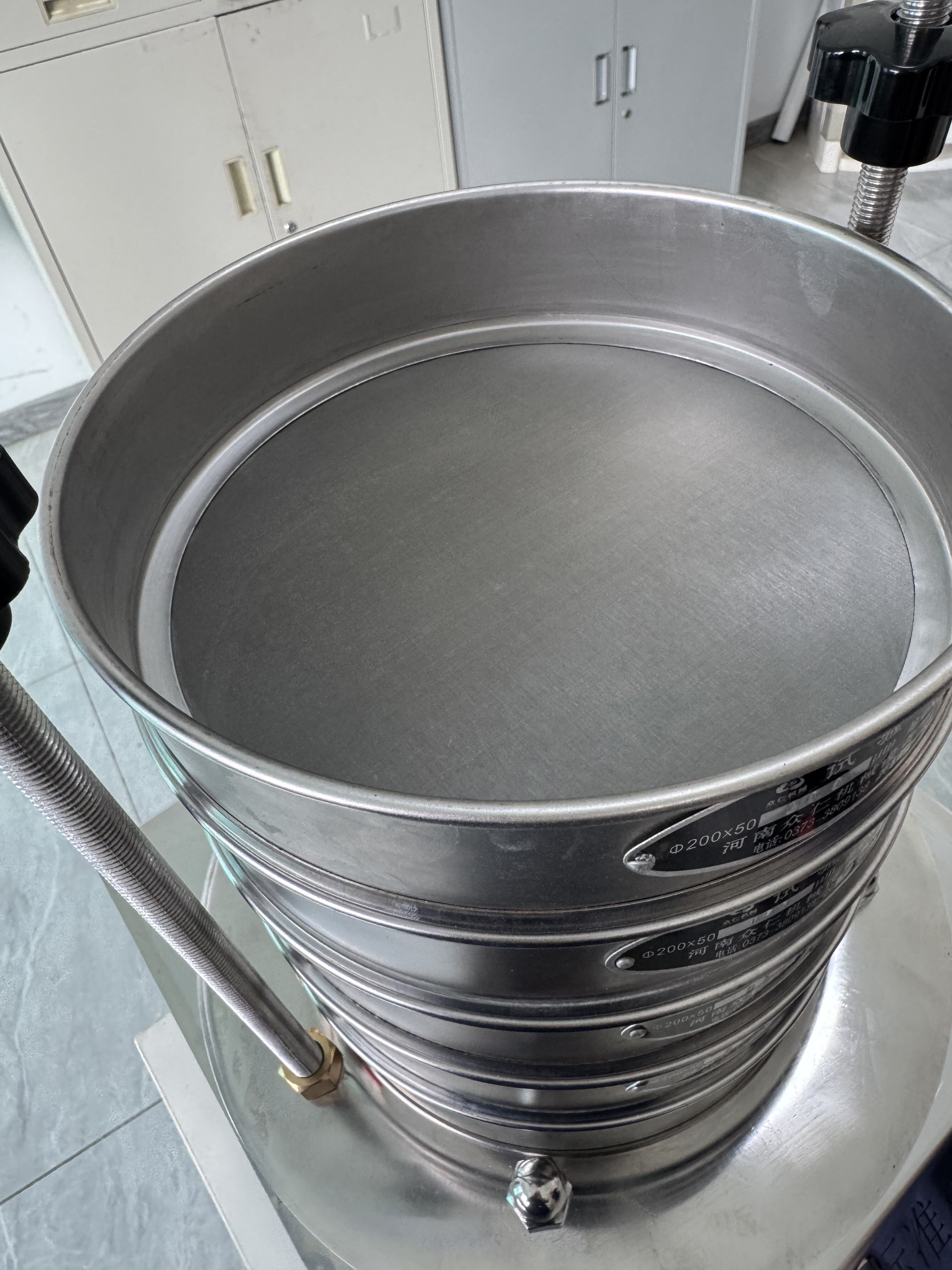
The stationary trommel screen is a cornerstone of robust material processing operations, prized for its high throughput, reliability, and adaptability. Its most prominent application lies within the recycling and waste management sectors. Here, stationary trommels excel at processing vast volumes of Construction & Demolition (C&D) debris, Municipal Solid Waste (MSW), and commercial waste. As material enters the rotating drum, the precisely sized apertures efficiently separate valuable recyclables (like metals, plastics, and clean wood) from fines, soil, and oversized contaminants. This initial classification by the stationary trommel screen is crucial for downstream sorting efficiency, landfill diversion, and resource recovery, handling abrasive and variable materials consistently over long shifts with minimal downtime.
Beyond waste, the mining and aggregate industries heavily rely on stationary trommel screens for critical size classification and scalping. In quarries and sand & gravel operations, they effectively separate oversized rocks and boulders from desired aggregate sizes, ensuring feed material meets specifications for crushers or final product stockpiles. For mined ores and minerals, stationary trommels perform vital scalping duties, removing large rocks or debris before primary crushing, or separating different size fractions post-crushing. Their rugged construction withstands the punishing environment of processing hard, abrasive rock, making them indispensable for achieving consistent product gradation and protecting downstream equipment from damage. The continuous processing capability of a stationary trommel screen delivers unmatched volume handling for these demanding applications.
Furthermore, stationary trommel screens are increasingly vital in organics processing and soil production. They are the ideal solution for screening compost, separating finished, stable compost from oversized materials (like twigs or undecomposed chunks) that need further processing or removal. Similarly, they are essential in topsoil production facilities, efficiently removing rocks, roots, and debris to create clean, uniform soil blends for landscaping and construction. Their gentle tumbling action is less destructive to compost structure compared to high-energy vibratory screens, preserving valuable organic matter integrity. The ability to handle moist, sticky materials without significant blinding makes the stationary trommel screen the preferred technology for efficiently transforming raw organics and soil feedstocks into high-quality, marketable end products.
